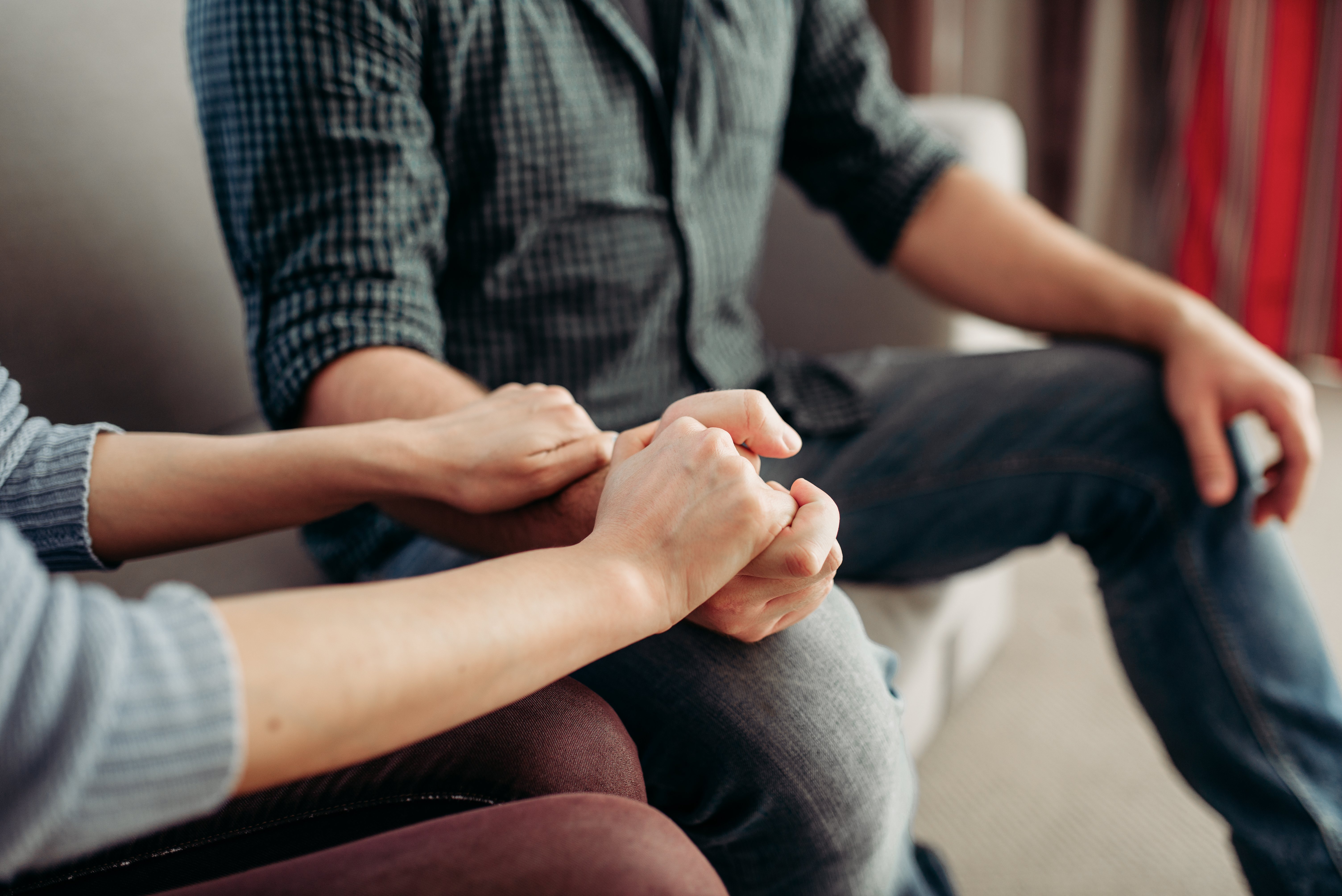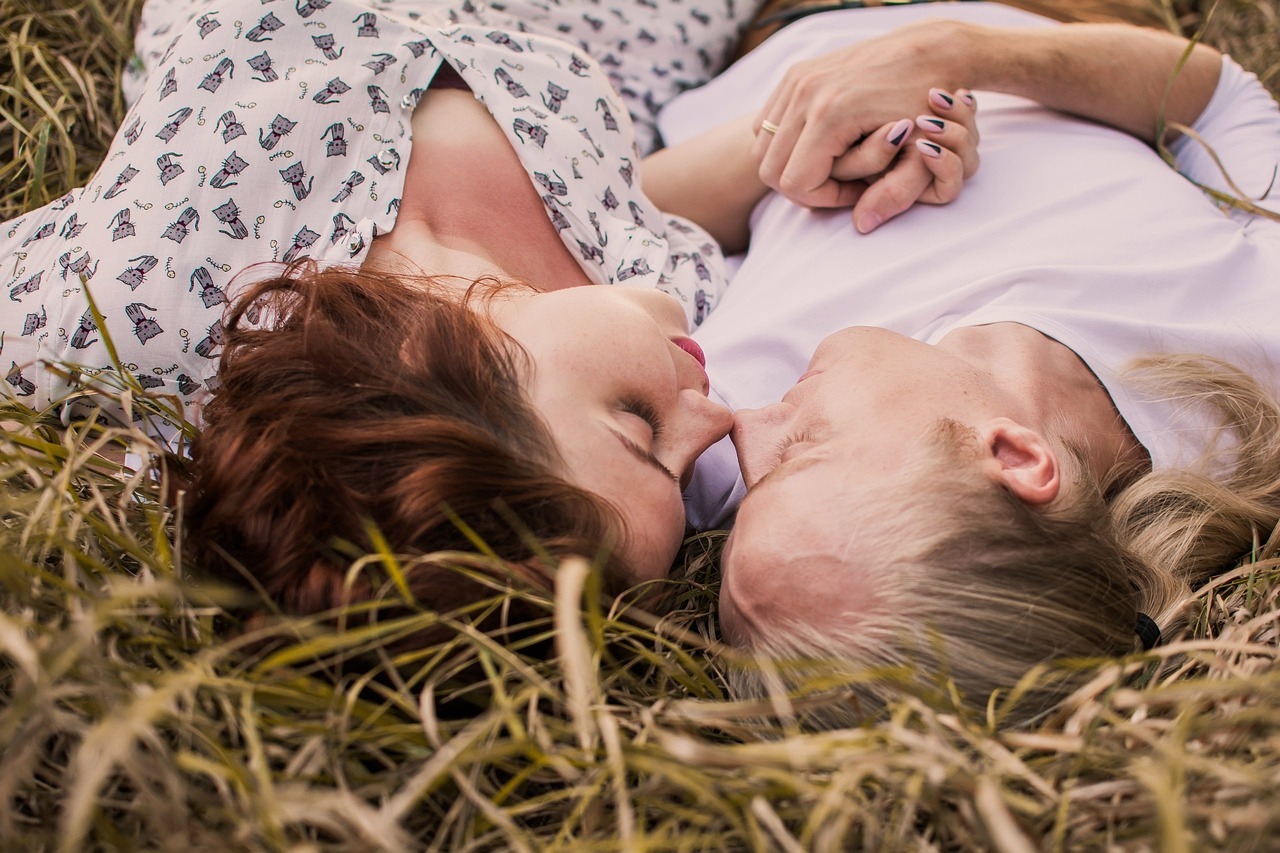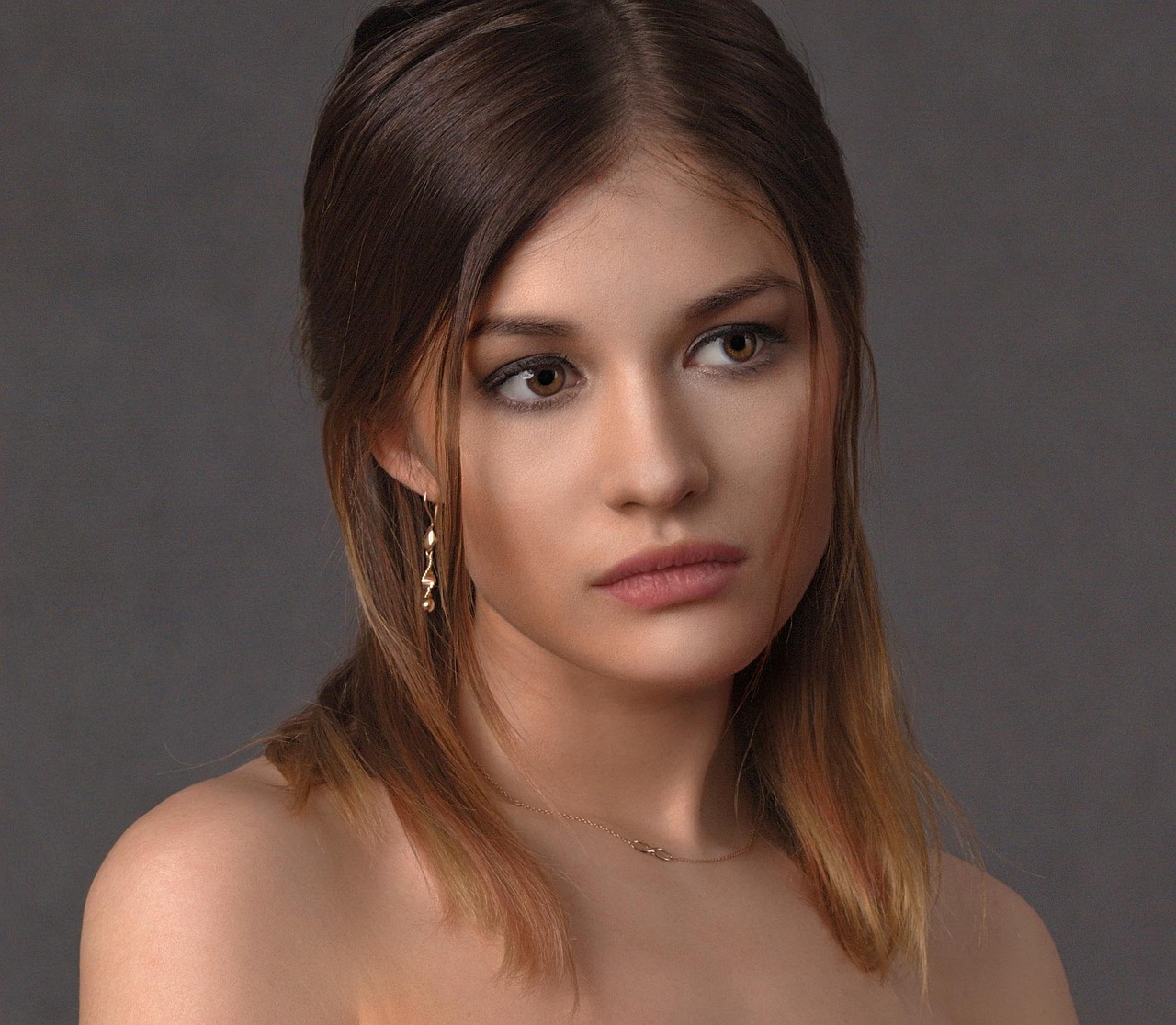What to Do When You Fall in Love with Your Friend: A Practical Guide
Emotional intimacy can happen with a platonic relationship or an intimate one. In some cases, you may start out as friends but then develop romantic...
3 min read
![]() Williamsburg Therapy Group
:
May 8, 2023 11:35:05 AM
Williamsburg Therapy Group
:
May 8, 2023 11:35:05 AM

Key Takeaways:
Trichotillomania is a long word that refers to obsessive hair pulling. It's a mental health condition that can be very serious, so speak to a medical professional if you think you or a loved one may have trichotillomania.
Trichotillomania, or trich for short, is a mental health disorder that manifests as compulsively pulling one's own hair. Considered an obsessive-compulsive disorder, trichotillomania can be comorbid with OCD itself, or with anxiety and depression.
Trich can become a very serious condition, and requires treatment by a licensed mental health professional. If left untreated, trich can lead to bald spots, follicle damage, and even more dangerous compulsive behaviors.
In this guide to trichotillomania, we'll cover the signs and symptoms, causes, and treatment options for those who have this condition.
Trichotillomania Resources on This Page:
What causes trichotillomania (compulsive hair pulling)?
Will my compulsive hair pulling go away on its own?
When should I seek medical attention for my trich?
Williamsburg Therapy Group: Anxiety Therapy in Austin
In order to answer this, we have to break trich up into its two sub-categories: automatic and focused.
Automatic hair pulling occurs when someone passively pulls their hair, as if they are on auto-pilot. This is usually a "fidget," a way to relieve boredom, or simply a habit. Hair twirling can often become hair pulling over time.
Focused trichotillomania, by contrast, is an aware decision to pull one's hair, typically as a response to stimuli.
Focused trichotillomania has a number of possible causes, including:
Any negative emotion, and even some positive ones, can lead to a focused trichotillomania episode.
Trichotillomania can also develop alongside other disorders, like OCD, anxiety, and depression, and, in fact, may be fed or worsened by them. If you have trichotillomania, you may also have another mental health condition, so speaking with a professional is imperative.
.png?width=1200&height=446&name=Definition%20Template%20(12).png)
Unlikely. There is usually an underlying cause for trichotillomania that needs to be addressed by a mental health professional.
In fact, if trichotillomania is left untreated, it can devolve into more serious compulsive behaviors or self-harm. It can also lead to more acute concerns like bald patches, social life struggles, and self-isolation.
Long-term hair pulling (10+ years) can lead to permanent hair loss and follicle damage, though this is rare.
Because it can cause so many more problems, trich is something you should absolutely talk to a professional about.
The best way to stop compulsive hair pulling is to visit a mental health professional. While trichotillomania is a serious condition, a professional will be able to treat it.
There is a high likelihood that therapy, medication, or a combination of the two will be able to reduce symptoms and ease distress.
It's not typically enough to try and "get over it" yourself. In fact, self-treatment often causes more harm than good. Therapists are trained to ensure treatment of trichotillomania is administered in the safest and most productive manner possible.
You deserve the best treatment, so don't be ashamed to go and get it.
As soon as your hair pulling habits cause you distress or fall out of normal hair fidgeting patterns - that is, flipping it or running hands through it occasionally - you should seek the help of a professional.
It may seem innocuous at first, but it can quickly turn into something more serious. Therapy can help you discover the why behind your condition, which can provide context and make it easier to reduce the frequency and severity of hair pulling.
There are many therapy techniques that may be able to help reduce your trichotillomania symptoms.
Some of the most common include cognitive behavioral therapy and acceptance and commitment therapy.
CBT, also called cognitive behavioral therapy, is a well-studied and highly effective form of therapy that utilizes the idea of cognitive restructuring to address mental health concerns.
CBT uses evidence-based methods to identify and restructure negative thought patterns in order to improve mental health as a whole.
In the context of trichotillomania, this may mean identifying the latent thought patterns that convert negative emotions into hair pulling. Your therapist will be trained to accomplish this in a safe way.
Acceptance and commitment therapy, or ACT, is a form of therapy that centers on accepting negative thoughts, emotions, and behaviors as they come, and then committing to healthier and more productive ones in the future.
This may be able to help with trichotillomania by reducing the feelings of self-criticism and self-hatred that so often accompany the disorder and, in fact, make it worse.
It can also show patients how to more effectively commit to reducing their hair pulling in the future and inform them on how to make that commitment more likely to come to fruition.
If therapy alone is not enough to reduce symptoms, or if your therapist determines that you would benefit from it, you may be referred to a psychiatrist.
A psychiatrist specializes in prescribing medications that help with mental health conditions. You may be put on a regimen of antidepressants or anxiety medications. Often, patients will undergo therapy while taking medications to enhance the effectiveness of both.
If you or someone you love may have trichotillomania, it's time to speak with a mental health professional.
At Williamsburg Therapy Group, our team of doctoral-level anxiety therapists prides itself on being the best. Give us a call or book an appointment online to start your healing journey. Feeling better may be closer than you think.

Emotional intimacy can happen with a platonic relationship or an intimate one. In some cases, you may start out as friends but then develop romantic...

Some people are naturally assertive, understanding what they want and using their own abilities to ask for what they need. However, many lack...

Most people have days like that every now and then. Days where you may feel sluggish and unhappy, out of control, or dissatisfied with life. However,...